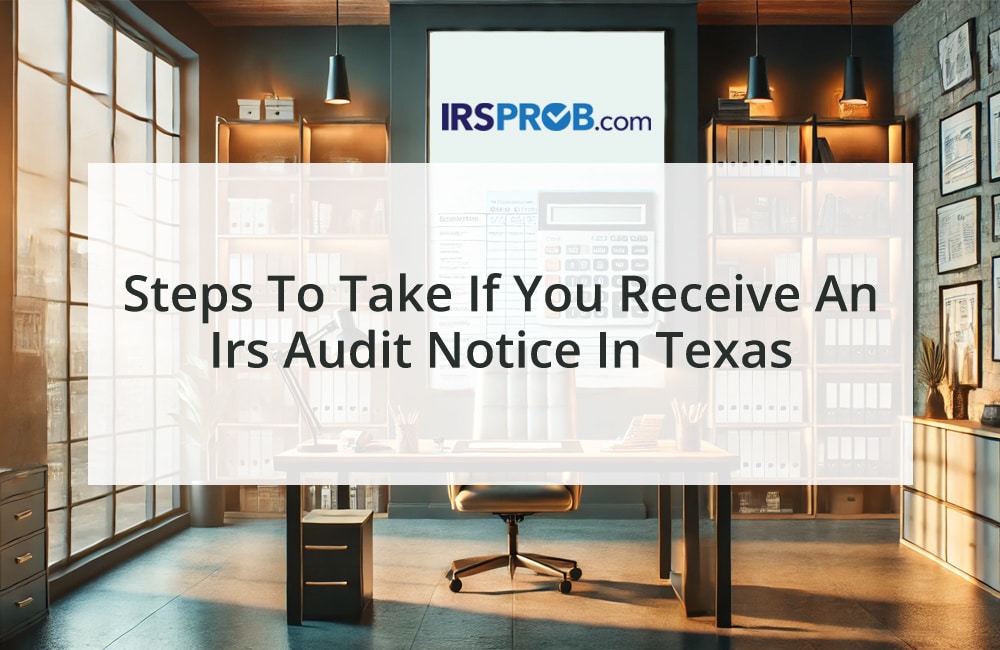Are you looking for a game-changing way to ramp up your retirement savings? Enter the mega backdoor Roth IRA strategy. While the traditional backdoor Roth IRA conversion is known to many, its bigger sibling, the mega backdoor Roth, offers high-income earners an opportunity to turbocharge their retirement fund. Let’s look into this powerful but lesser-known financial maneuver and how it can benefit you.
Understanding the Mega Backdoor Roth Strategy
The mega backdoor Roth strategy leverages after-tax 401(k) contributions and in-plan Roth conversions available in certain employer-sponsored retirement plans. Unlike the traditional backdoor Roth IRA, the mega version has no income restrictions, making it a tantalizing option for those aiming to maximize tax-advantaged savings.
How it Works: A Step-by-Step Guide
- Make After-Tax 401(k) Contributions: If your 401(k) plan permits, you can contribute after-tax funds on top of your regular pre-tax or Roth 401(k) contributions. These after-tax contributions are made with already-taxed dollars.
- In-Plan Roth Conversion: Once the after-tax contributions are in your 401(k) account, you can convert them to a Roth 401(k) account within the same plan. While this conversion triggers taxable events, taxes are only owed on the earnings accrued since the after-tax contributions.
- Rollover to a Roth IRA: Following the in-plan Roth conversion, you can roll over the Roth 401(k) funds to a Roth IRA, where they can continue to grow tax-free.
Navigating Contribution Limits and Regulations
The mega backdoor Roth strategy operates within the confines of contribution limits and regulations outlined by the Internal Revenue Code (IRC) and the Internal Revenue Service (IRS).
- 401(k) Contribution Limits: Total employee and employer contributions to a 401(k) plan cannot exceed $66,000 (or $73,500 for those aged 50 or older) in 2023 (IRC Section 415(c)).
- After-Tax Contribution Limits: After-tax contributions count towards the overall 401(k) contribution limit, though some plans may impose lower limits.
- In-Plan Roth Conversion Rules: Guidance on in-plan Roth conversions can be found in Treasury Regulation 1.401(a)(9)-6, Q&A-5, and Revenue Ruling 2004-12.
- Rollover Rules: Rollovers from Roth 401(k) to Roth IRA must adhere to rules outlined in IRC Section 408A and IRS Publication 590-A.
Legal Precedents and Guidance
While the mega backdoor Roth strategy is permissible, legal precedents and IRS guidance provide insights into its implementation and compliance.
- Summa Holdings, Inc. v. Commissioner: This case sheds light on the taxation of after-tax contributions and in-plan Roth conversions, offering clarity on tax treatment.
- IRS Internal Revenue Manual (IRM) 4.72.8.12: The IRM furnishes guidance to IRS agents on examining in-plan Roth conversions and ensuring regulatory compliance.
Seek Professional Advice
Given its complexity, the mega backdoor Roth strategy warrants professional guidance to ensure proper implementation and compliance with tax laws and regulations.
In conclusion, the mega backdoor Roth strategy stands as a potent tool for high-income earners seeking to bolster their retirement savings. With careful planning and adherence to regulatory frameworks, this strategy can pave the way for a financially secure retirement.








